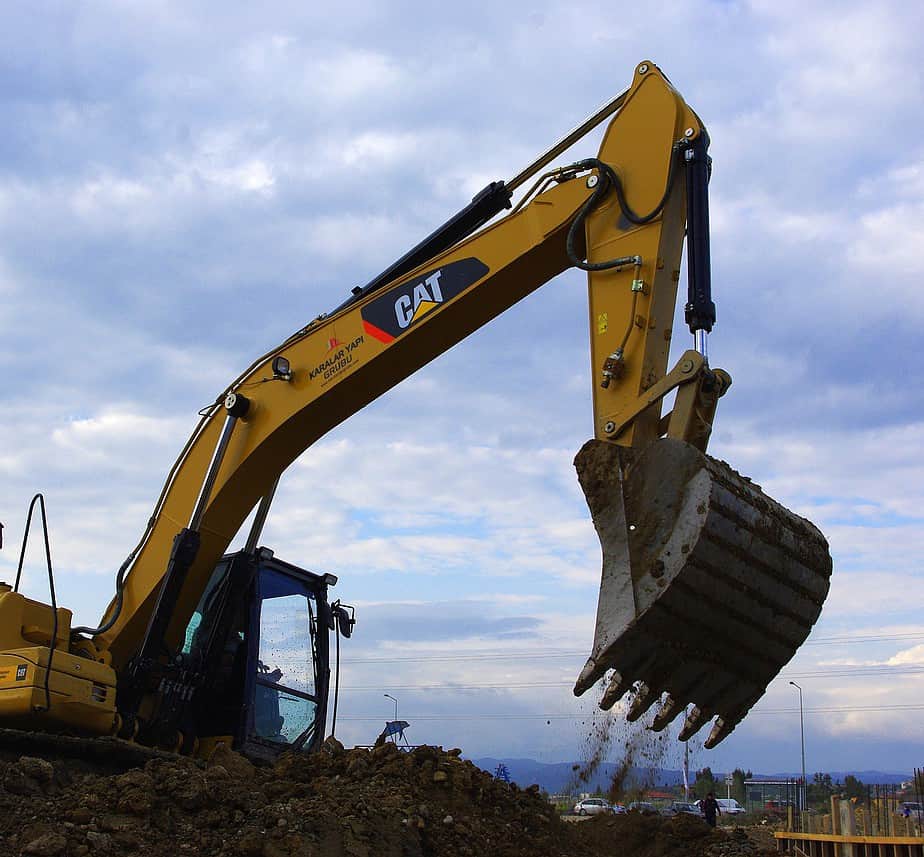
Introduction
Building a farm dam is a crucial step for small-scale farmers looking to secure a reliable water supply for irrigation, livestock watering, and other agricultural needs. However, successful dam construction requires careful planning and attention to design considerations. In this blog post, we will explore the key factors that farmers need to consider when planning and designing a farm dam. By understanding these considerations, farmers can make informed decisions that will ensure the functionality, durability, and sustainability of their farm dam.
Water Source Assessment
Before initiating farm dam construction, it is essential to conduct a thorough assessment of the water source. Farmers should evaluate the availability, reliability, and quality of the water source to determine its suitability for dam construction. Factors to consider include rainfall patterns, surface water runoff, underground water sources, and catchment area. A comprehensive understanding of the water source will help farmers estimate the potential water storage capacity of the dam and plan accordingly.
Site Selection
Choosing the right location for the farm dam is critical to its long-term success. Factors such as topography, soil type, and proximity to water sources need careful consideration. The topography of the site determines the natural contours and slopes, which can affect the dam’s stability and construction costs. Soil composition plays a vital role in the dam’s ability to retain water, so conducting soil tests to assess its permeability and compaction properties is crucial. Proximity to water sources should ensure efficient water collection while minimizing the risk of contamination.
Design and Size Considerations
Determining the appropriate design and size of the farm dam depends on the specific needs and objectives of the farmer. The desired water storage capacity, available land area, and estimated water requirements should guide the design process. Various types of dams, such as earth dams, concrete dams, or hybrid systems, may be suitable depending on the local conditions and resources available. Engineers and water management professionals can assist in designing a dam that optimizes storage capacity while considering the available budget.
Dam Wall Construction
The construction of the dam wall is a critical aspect of the farm dam project. Farmers can choose from different construction techniques, such as earthfill, rockfill, or concrete, based on factors like budget, available materials, and desired durability. Careful attention should be given to proper compaction and layering during the construction process to ensure stability and prevent seepage. Adequate spillway design should be incorporated to manage water overflow and prevent potential damage to the dam structure during heavy rainfall events.
Environmental Considerations
Farm dam construction must prioritize environmental sustainability. Farmers should assess the potential impact of the dam on the surrounding ecosystem, including wildlife habitats and natural waterways. Minimizing soil erosion during construction and ensuring proper revegetation after completion are essential steps to mitigate the environmental impact. Additionally, considering fish passage and preserving aquatic habitats should be taken into account during dam design to maintain ecological balance.
Legal and Regulatory Compliance
Compliance with local regulations and permits is crucial when planning and constructing a farm dam. Farmers should consult with local authorities and obtain the necessary permits and approvals to ensure compliance with environmental and safety regulations. Engaging with professionals, such as engineers and environmental consultants, can help navigate the regulatory landscape and ensure that the farm dam project meets all legal requirements.
Conclusion
Farm dam construction is a significant investment for small-scale farmers, and careful planning and design considerations are vital to its success. By evaluating water sources, selecting suitable sites, and adhering to environmental and regulatory compliance, farmers can create a functional and sustainable farm dam that will support their agricultural activities for years to come.

Pingback: Earth Dam Geology: Site Selection And Assessment | Big Ditch Dam Building Company